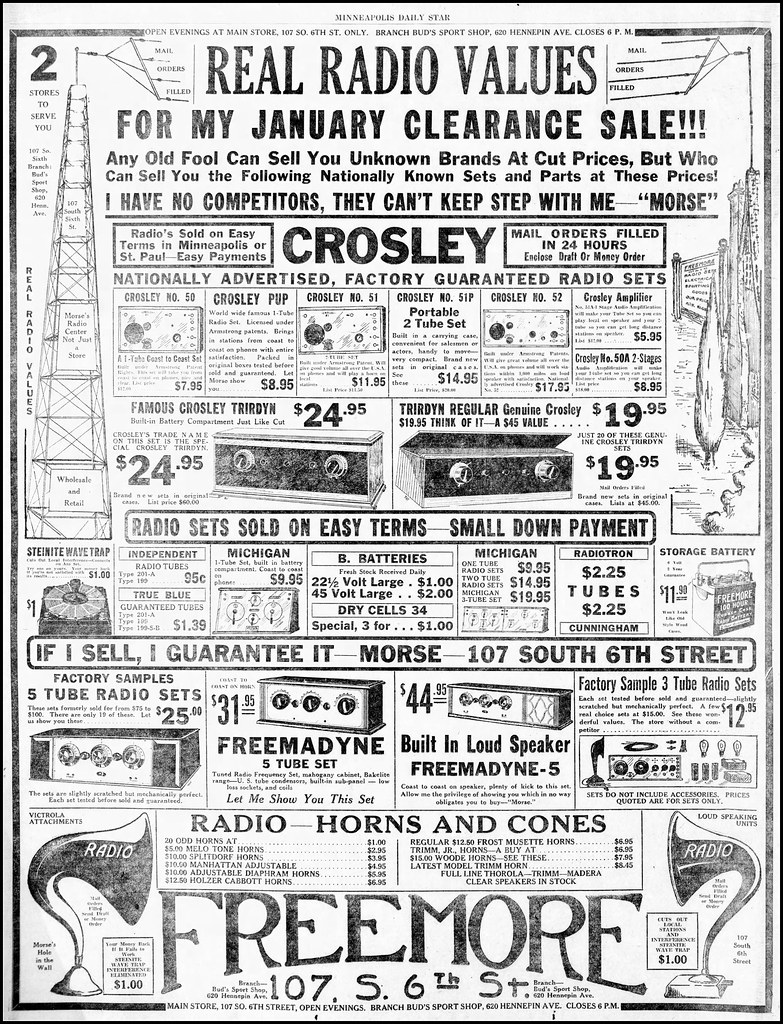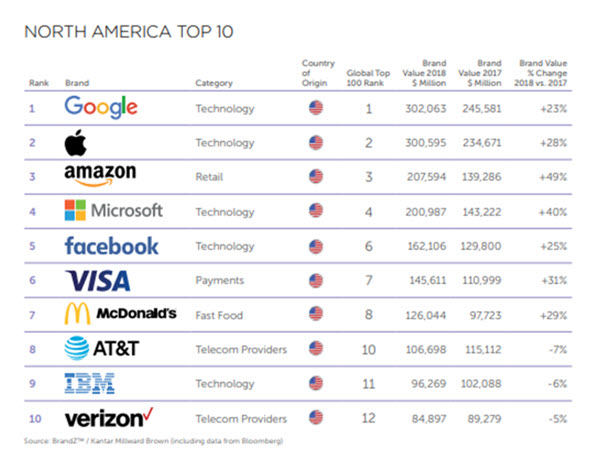
An effective print media ad should be eye-catching, flexible, and supported by an objective. The ad should have a catchy headline and an attractive image. It should also include a CTA that directs people to your online store or website.
The LA Times offers a variety of different ads to suit your marketing needs. They can be displayed in banner format of 500 x 1000, flanking the content area. Reskin can deliver the ads via full-screen video on the LA Times homepage.
Apple does something different with its print media advertisement campaign
Apple's ads have an interactive LCD screen that updates regularly with live tweets and videos from the network. The company used interactive technology to reach tourists and locals and boost the effectiveness of its advertising for the next summer season.
Newspapers and magazines offer a longer shelf life than digital advertising. This is because readers can save them for later and re-read them at their leisure, which leads to higher engagement with these types of advertisements.

It also has a higher recall factor than other media like social media or online ads. Readers who see a print ad often refer to it multiple times, which helps build a relationship with the brand and increases sales.
Another advantage to print media is the ability to reuse it multiple times without having to reprint. This makes printing media an inexpensive and effective way of marketing your products or services.
Many people have a newspaper, magazine or magazine that they regularly read and depend on for information. This is a great way for advertisers to reach this audience, and it also allows the publisher to make money off of their ads.
This type of advertising is also highly effective because it allows businesses to target niche audiences. They can choose the newspaper in which to place their advertisement and in what section.
They can also decide when they want their ad to run, which may have a major impact on the results of their campaign. They can choose to run the ad on a Saturday, or Tuesday, for example, to increase their chances of being seen by their targeted audience.

The ads can be printed in an exact size so they are easy to distribute. You can personalize them to suit your business's needs. This includes the size of your logo, color and design of the font, as well as the use of photos and other media.
These advertising mediums each have their strengths and weaknesses. Therefore, it is important that you choose the right one to suit your business. A few of the most popular print advertising types include newspapers, magazines, flyers, rack cards, and brochures.
Some of these print ads are highly effective, but others have a lower rate of conversion than other advertising media. It is important to track each ad's performance to assess its effectiveness.
FAQ
How can I select my target audience?
Start with yourself and those closest to your heart. You might be unsure where to begin. Ask yourself: "Whom am I trying to reach?"
Ask yourself these questions. Who are the most influential people within my industry? What problems do they deal with daily? What are their top talents? Where can they be found online?
Start at the beginning of your business. Why did you begin? What problem were you able to solve and how did this happen?
These answers will help you identify who your ideal clients are. This will allow you to learn more about your ideal customers and their motivations for buying from you.
Look at your competitors' sites and social media pages for clues as to who they cater.
Once you've identified your target customers, you'll need to decide which channel(s) to use to reach them. A website might be created to reach home buyers, for instance, if your business provides services to agents in real estate.
If your company provides software to small businesses, you might consider creating a blog for those owners.
A Facebook page could be created for clothing sellers. Or if you're a restaurant owner, you could set up a Twitter account for parents looking for kid-friendly places to eat.
The important thing is that you have many options for getting your message across.
Advertising: What does it mean?
Advertising is an art. Advertising is more than selling products. It's about building emotional connections between brands and people.
Advertising is about communicating ideas through images and stories.
Communication must be clear and persuasive. Also, you must share a story which resonates with your target markets.
Advertising is thus different from other forms, such public speaking, writing, and presentations.
You are building a brand identity when you run a successful advertising campaign.
This is how you make yourself memorable. You will be remembered by others.
How much does it take to advertise on social networks?
Social media advertising is expensive if you choose to take this route. You will be charged monthly based on how much time you spend on each platform.
Facebook - $0.10 Per 1,000 Impressions
Twitter - $0.20 for 1,000 impressions (if tweeting)
If you send out invitations to Linkedin, $0.30 per 1,000 impressions
Instagram - $0.50 for 1,000 impressions
Snapchat - $0.60 per 1,000 impressions ($0.40/user)
YouTube - $0.25 per 1,000 views
Tumblr Text Posts - $0.15 Per 1,000 Impressions
Pinterest - $0.05 per 1,000 impressions per month
Google + $0.15-$0.20 for 1,000,000 impressions
Tumblr: $0.15-$.20 per 100,000 impressions
Vimeo - $0.20-$0.25 per 10,000 impressions
Soundcloud: $0.20-$0.25 Per 1 Million Plays
StumbleUpon - $0.20 -$0.25 per 1 billion pageviews
Digg - $0.20 - $0.25 per 1000 diggs
Reddit $0.20-$0.25/1000 comments
Wordpress - $0.20--$0.25 per 500 comments
Flickr - $0.20 -- $0.25 per 5,000 photo uploads
What is the best way to advertise online?
Internet advertising is an essential part of every business strategy. It helps companies reach potential customers at a low cost. There are many types of internet advertising. Some are completely free while others require payment.
There are also several ways to advertise on the internet, including banner ads, pop-up ads, search engine optimization (SEO), pay-per-click (PPC) advertisements, social media marketing, e-mail marketing, and mobile marketing. Each method has its advantages and disadvantages.
Why should you use social media to promote your business?
Social Media Marketing is a way to reach customers on social media platforms such as Facebook and Twitter. You can also target specific audiences within these networks by using keywords.
Because this advertising method costs less online than traditional methods, it's more cost-effective. This allows you to establish strong relationships with current and future clients.
It's easy to start using social media to promote your business. All you need is access to the Internet and a smartphone.
What is an ad campaign?
An advertising campaign is a series of advertisements designed to promote a product or service. It may also refer to the entire production of such ads.
The Latin word for selling is "ad." Marcus Terentius Varro (116–27 BC), the first known user of the term "ad" used it to mean "to make sales."
Large companies or agencies usually do advertising campaigns. Advertising campaigns can involve many media types, such as television, radio, print, and the internet.
Advertising campaigns usually last several months, and they have specific goals. For instance, some campaigns aim to generate awareness while others focus on increasing sales.
What are the basics of print advertising?
Print advertising is an effective medium for communicating with consumers. Many companies use it to promote products and services. The key objective is to capture the attention of the consumer.
Print ads are typically short (1 page) and usually include text, photos, logos, or other graphics. They can also include sound and animation as well video and hyperlinks.
The following are the main types print advertisements:
1. Brochures are large-format printed materials that are designed to draw people into shops. Brochures can often be adorned with brightly colored images and eye-catching designs.
2. Catalogues: These are smaller versions or brochures. These are typically sent to customers who ask for specific information.
3. Flyers – These are tiny pieces of paper distributed at events like concerts or fairs. Flyers can be handed out at retail outlets for a small fee, but are generally free.
4. Posters - These are larger versions of flyers. These flyers can be displayed on buildings, fences and walls. They are typically created using computer software programs that aim to attract the attention of passersby.
5. Direct mail - This refers to letters or postcards mailed directly to potential customers. Companies send these out periodically to remind existing customers about their business.
6. Newspaper Ads - These advertisements are found in newspapers and magazines. They are usually very long and contain text and images.
Statistics
- Worldwide spending on advertising in 2015 amounted to an estimated US$529.43 billion. (en.wikipedia.org)
- This means that at least 50% of an ad needs to be shown on the screen for at least one second. (quicksprout.com)
- It's 100% reliant on your website traffic. (quicksprout.com)
- Nonetheless, advertising spending as a share of GDP was slightly lower – about 2.4 percent. (en.wikipedia.org)
External Links
How To
How do I advertise with Google?
AdWords is Google’s advertising platform that allows businesses to buy ads using specific keywords. Set up your account first. Select a campaign name and set the budget. Choose the ad type (text or image), and add keywords. You then place your bids on these keywords. Clicking on an advertisement will only result in you being paid if the click is from someone who searched one of your targeted keyword phrases. This way, you get paid even when people don't buy anything.
Google offers many tools that will help you make your ads more effective. These tools include Ads Preferences Manager Manager, Keyword Planner and Analytics. These allow you to see what works best for your business.
Keyword planners help you choose the keywords that will be used in your campaigns. It can help you decide whether or no to spend money on certain keywords.
Ads Preferences Manager can be used to adjust settings such as the maximum impressions per hour and the minimum price per click.
Analytics allows you to monitor the performance and compare your ads to other competitors. You can also view reports showing how well your ads performed compared to others.